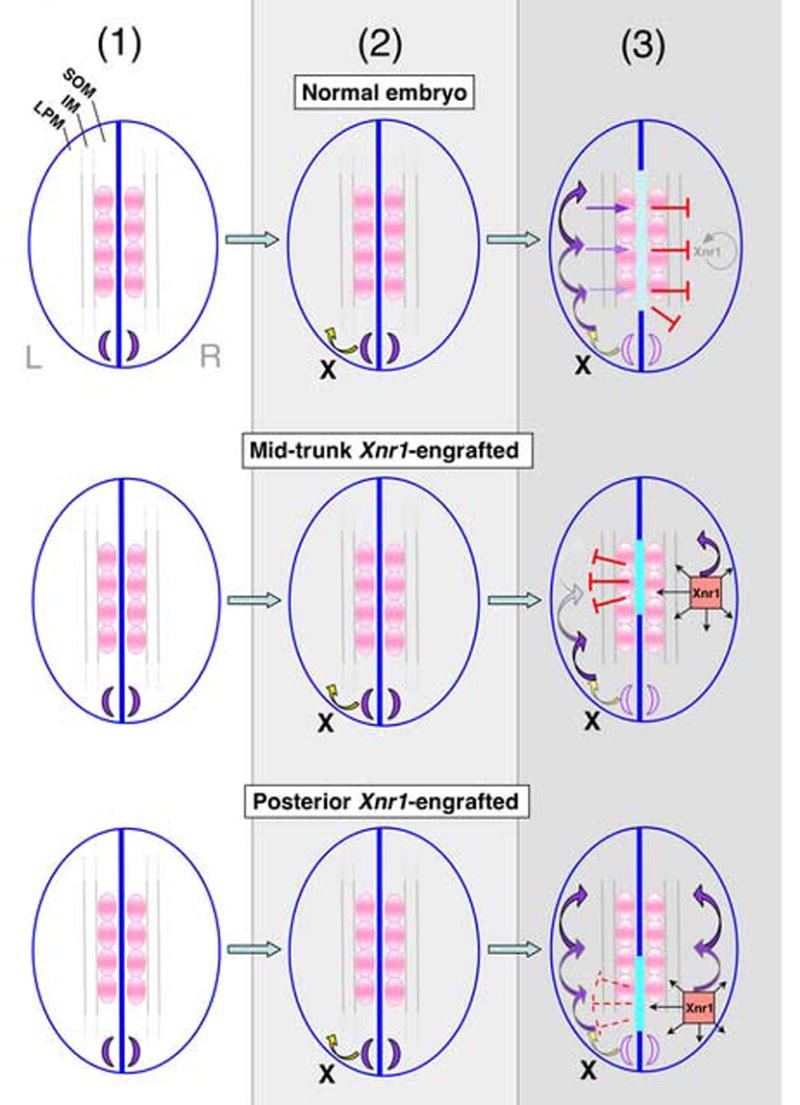Figure 6. Model for asymmetric Nodal/Xnr1 signaling during L-R specification.

The transfer and propagation of L-R asymmetry is divided conceptually into three steps (arrows, direction of signal transfer. (1) Stage 17/18 normal embryos (top row), Xnr1 is first expressed symmetrically flanking posterior notochord (purple crescents). (2) At stage 19/20 an asymmetric inducing factor (X) initiates Xnr1 expression in posterior L LPM. (3) Between stages 21 and 25 a rolling wave autoactivation loop expands Xnr1 expression anteriorward. Orthogonal Xnr1 signaling from L LPM induces Xlefty expression in the midline (light blue bar) and rightward transfer of Xlefty prevents inappropriate activation of an Xnr1 autoregulatory loop in R LPM (SOM, somitic mesoderm; IM, intermediate mesoderm; LPM, lateral plate mesoderm). Middle row: effect of R-side mid-trunk Xnr1 grafts. Xnr1 induced in the R LPM causes orthogonal induction of robust ectopic midline Xlefty expression (turquoise bar); Xlefty travels contralaterally and suppresses the anterior shifting Xnr1 expression on the L. Accordingly, the R side becomes the dominant L side, and causes a concordant reversal of anatomical situs. Bottom row: with posterior Xnr1 grafts, orthogonal Xlefty induction does not precondition L LPM against the continued expansion of endogenous L-sided Xnr1 expression. The lack of a spatial advantage of R over the L (i.e., no “head-start”) leads to a competitive double-left situation; across the population, either side adopts “dominant L” status, causing randomization of situs that is concordant within each embryo.
